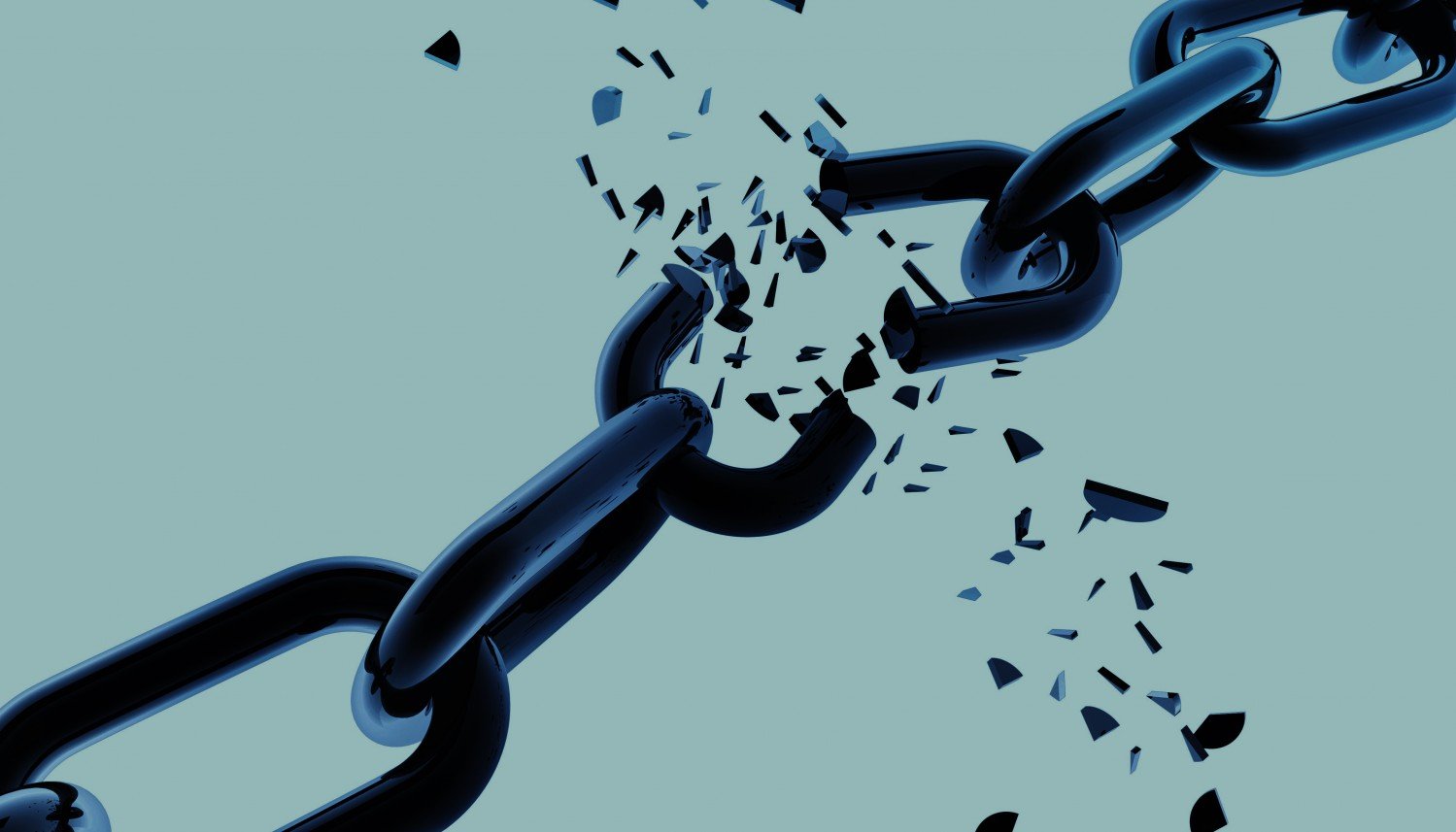Life presents itself by motion
There are many aspects of movements that can restrict our freedom to move.
Let’s look at these aspects separately to understand them, feel what works and what doesn’t.
Let’s understand how they link together and try and perceive them as one holistic picture.
This blog has two parts. The first one is about the physical aspects and the second one will focus more on other aspects.
Sensitivity
Our motion demands ‘sensors’ which give us information about our motion. Usually, we speak about five senses: touch, sight, hearing, smell and taste. We have a tendency to forget a crucial sense of our movement; an inner feeling called proprioception, also known as kinesthesia. It allows us to feel the tension of our muscles, tendons and fascias; to feel flow kinetic energy (bodywave); to feel the relative position of our own parts of the body – coordination of movement (a key component in muscle memory and hand-eye coordination); to feel balance (equilibrioception); to feel pain (nociception) and to feel temperature (thermoception) etc.
Proprioception doesn’t just allow us to feel our muscles and skin, it allows us to feel our fascias, tendons, bones and organs.
A better inner feeling lets you move more precisely and efficiently.
Inner feeling and the sense of touch are crucial sensors that demand a sensitive touch and need to be able to synchronise – flow with your surroundings, whether people or objects.
Tension
For all movements, we need a necessary amount of muscle engagement – tension. However, normally we add much more tension than is necessary – undesirable tension.
Undesirable tension usually works against you – makes you slower and weaker. Undesirable tension wastes your vital energy, slows down regeneration and produces toxins…
To be able to be aware of undesirable tension is important for developing our inner feeling.
Physical tension is directly linked with mental tension – stress.
To be aware of stress, and be able to cope with stress, it is good to use your own personal experience to feel how the stress comes, and how it affects your body.
With the awareness of tension in your physical body, you can start building up good habits to subconsciously manage mental stress.
A relaxed body is more efficient, moves easier and quicker is more sensitive– it creates a positive cascade effect.
Through a relaxed body kinetic energy (bodywave) flows freely…
Liquid body
The kinetic energy is working either for you or against you. You can freely surf the bodywave, or you can fight with kinetic energy – resist.
What is bodywave?
To be able to use kinetic energy, we need to harness the aforementioned inner feeling (proprioception).
With kinetic energy you can use less energy – your movement can be more efficient.
You can accumulate the kinetic energy– the movement will be stronger and more dynamic.
Quite often we create a solid ‘robotics’ structure when moving in a specific direction. However, this solid structure paralyses us and does not allow us to move smoothly in different directions. To break down this chain of solid structure we have to develop a liquid power, which opens us up to new dimensions of movement.
Liquid power
Ageing is a process of crystallizing the body… Bodywave flowing across your body mechanically disturbs your crystalised tissue and makes it smoother.
Posture
Your freedom to move is based on your posture. Therefore, we truly want to deeply feel how balanced our structure is.
If you are deeply feeling your posture, you will notice that your posture is not static, but you are permanently juggling with your body. You can feel the flow of balance. This tiny, but powerful (kinetic) energy works for you, or against you. The flow of balance is a crucial aspect that we need to synchronise with other attributes.
Breathing
Breathing has a massive effect on the quality of the physical body and on the state of mind.
Breathing can help with pain, fear and stress; or it can literally paralyse us.
For some reason, we believe that holding the breath helps us to move. We close the throat to create inner tension to support us from the inside of the chest.
We spend more energy on using surface muscles, rather than utilise core muscles.
We use surface muscles when we engage in strenuous physical activity when we are stressed, shocked when we feel pain, and when we want to be precise…
By holding the breath we naturally tense up, we are in effect expending more energy.
By holding the breath, oxygen ceases to flow to your body! We need oxygen for the brain and muscles, especially in stressful situations.
Another usual restriction is binding breathing with movements. E.g. exhale on exertion: during push-ups exhale on the push, and inhale as you bring yourself down… Are you free to inhale on the push? Are you free to breathe in a different rhythm than the rhythm of the movement? Cutting off the link between your motion and breathing brings you a new kind of freedom.
Range of movement
Losing the freedom to move is really obvious in the range of our movement.
If you don’t move throughout the whole range of your movement, you are losing it.
A body that does not move through the usual range of movement shrinks, becomes rusty, tighter, weaker and brittle.
In order to keep the freedom of movement, it is important to go out of the comfort zone, leave your favourite patterns and move in the widest variety of movements.
We usually stretch and build strength only in some particular positions, but to be free we need to be strong in every possible position. Similarly, we strengthen and stretch specific muscles and tendons, but what we really need is holistic strength and flexibility across the whole body and across all myofascial tracks.
Massage
Massage has an influence on many factors; it should, therefore, be part of your range of tools used to free your movements.
Massage changes the quality of tissue and tension. It also introduces more nutrients, gets rid of toxins, stimulates the tissue to be stronger and restores vitality etc.
There are many other attributes. I cannot mention all of them. However non-physical aspects will be in the second part of this article.
Read also:
Freedom to move II


